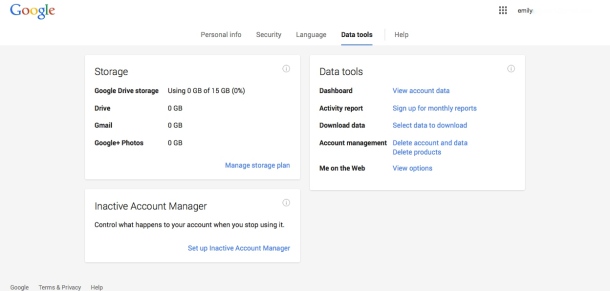 Away For A Bit spoke with Damien Carrick on ABC Radio National on legal and practical considerations for managing a digital afterlife and legacy.
Away For A Bit spoke with Damien Carrick on ABC Radio National on legal and practical considerations for managing a digital afterlife and legacy.
Gaining access to an individual’s online accounts (social networking, email) after they die is often impossible, although in some cases, next of kin have fought for access via the courts. As the podcast demonstrates, they do not always win.
Here are five recommendations from the podcast to avoid your digital life from being locked up online.











